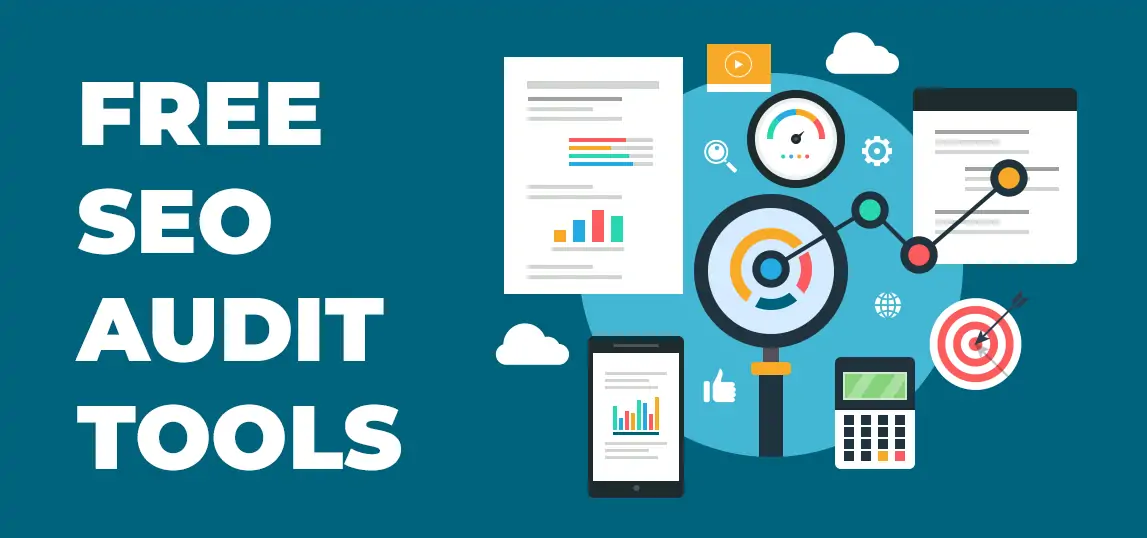
Guide to Enhancing Website Performance with SEO Audit Tools
In the ever-evolving world of digital marketing and search engine optimization (SEO), staying on top of your website’s performance is essential. An SEO audit is a comprehensive analysis of your site’s SEO health, and there’s an array of powerful tools designed to help you in this endeavor. Explore SEO audit tools, and their significance, and provide an in-depth guide on how to leverage them to enhance your website’s overall performance.
1. The Role of SEO Audits
SEO audits are the foundation of a successful SEO strategy. They help you identify areas where your website can improve in terms of search engine visibility, user experience, and overall performance. An effective SEO audit can uncover issues that may be hindering your website’s ranking and provide actionable insights to address them.
2. Why Use Search Engine Optimization Audit Tools?
Search engine optimization audit tools simplify the audit process by automating various tasks and providing data-driven insights. Here’s why they are indispensable:
- Efficiency: Search engine optimization audit tools quickly analyze your website, saving you valuable time compared to manual audits.
- Comprehensive Analysis: They offer a holistic view of your website’s performance, including technical, on-page, and off-page SEO aspects.
- Data Accuracy: These tools provide accurate data, reducing the risk of human error in manual audits.
- Actionable Recommendations: search engine optimization audit tools often come with actionable recommendations to address issues and improve your website’s SEO health.

3. Popular Search Engine Optimization Audit Tools
There is a multitude of search engine optimization audit tools available, each with its unique features and strengths. Here are some of the popular ones:
- Ahrefs: Ahrefs is a comprehensive SEO tool that includes a site audit feature, offering insights into your website’s health, backlinks, and more.
- SEMrush: SEMrush’s site audit tool provides a detailed analysis of your website’s SEO performance, including technical issues, on-page SEO, and backlinks.
- Moz Pro: Moz Pro’s Site Crawl can identify and prioritize issues on your site, helping you improve your SEO.
- Google Search Console: Google’s own tool provides insights into how Googlebot views your website and identifies technical issues that need attention.
- Screaming Frog SEO Spider: This desktop-based tool offers a deep analysis of your website’s on-page SEO, including meta tags, headings, and broken links.
- Siteimprove: Siteimprove offers a range of features, including SEO, accessibility, and analytics, to help improve your website’s overall performance.
4. How to Perform an SEO Audit
While different tools may have unique interfaces, the core components of an SEO audit remain consistent. Here’s a general outline of how to perform an SEO audit using SEO audit tools:
a. Technical SEO Audit:
- Crawlability: Ensure search engines can crawl and index your website.
- Site Speed: Assess and optimize page loading times.
- Mobile Compatibility: Check mobile-friendliness and responsive design.
- URL Structure: Evaluate URL structure for readability and relevance.
- Redirects: Identify and resolve redirect chains or loops.
- XML Sitemap and Robots.txt: Check for proper implementation and optimization.
- HTTPS: Ensure secure, HTTPS connections are in place.
- Canonicalization: Prevent duplicate content issues using canonical tags.
- Structured Data: Implement structured data for rich snippets.
- Site Architecture: Optimize site structure for user and search engine navigation.
b. On-Page SEO Audit:
- Keyword Optimization: Assess the use of relevant keywords in content, titles, and meta descriptions.
- Content Quality: Review the quality and uniqueness of your content.
- Title Tags and Headings: Analyze title tags, H1 tags, and other headings for optimization.
- Images: Check for proper use of alt text in images.
- Internal and External Links: Evaluate the use of internal and external links in your content.
c. Off-Page SEO Audit:
- Backlink Profile: Examine the quality and quantity of backlinks pointing to your site.
- Brand Mentions: Identify unlinked brand mentions and opportunities for link-building.

5. Analyzing Audit Results
Once you’ve run the audit using your chosen tool, it’s essential to analyze the results. Most audit tools provide prioritized lists of issues and recommendations for improvement. Pay attention to critical issues that can have an immediate impact on your SEO and user experience.
6. Implementing Changes
After analyzing the results, it’s time to take action. This involves addressing the issues and making the recommended changes. Some common tasks include:
- Fixing broken links and redirects.
- Optimizing page titles, meta descriptions, and headers.
- Improving website speed and mobile-friendliness.
- Enhancing content quality and keyword optimization.
- Addressing technical SEO issues like duplicate content and site architecture.
7. Regular Audits and Monitoring
SEO is an ongoing process, and regular audits are essential to maintain and improve your website’s performance. Conduct audits at regular intervals, such as monthly or quarterly, to stay on top of issues and opportunities for enhancement.
In conclusion, SEO audit tools are invaluable resources for website owners and marketers looking to enhance their online presence. By conducting regular audits using these tools, addressing issues, and staying informed about SEO best practices, you can empower your website to perform optimally in search engine results and provide a better user experience. The insights and recommendations provided by SEO audit tools offer a roadmap to a more successful and visible online presence, helping your website achieve its full potential in the competitive digital landscape.




